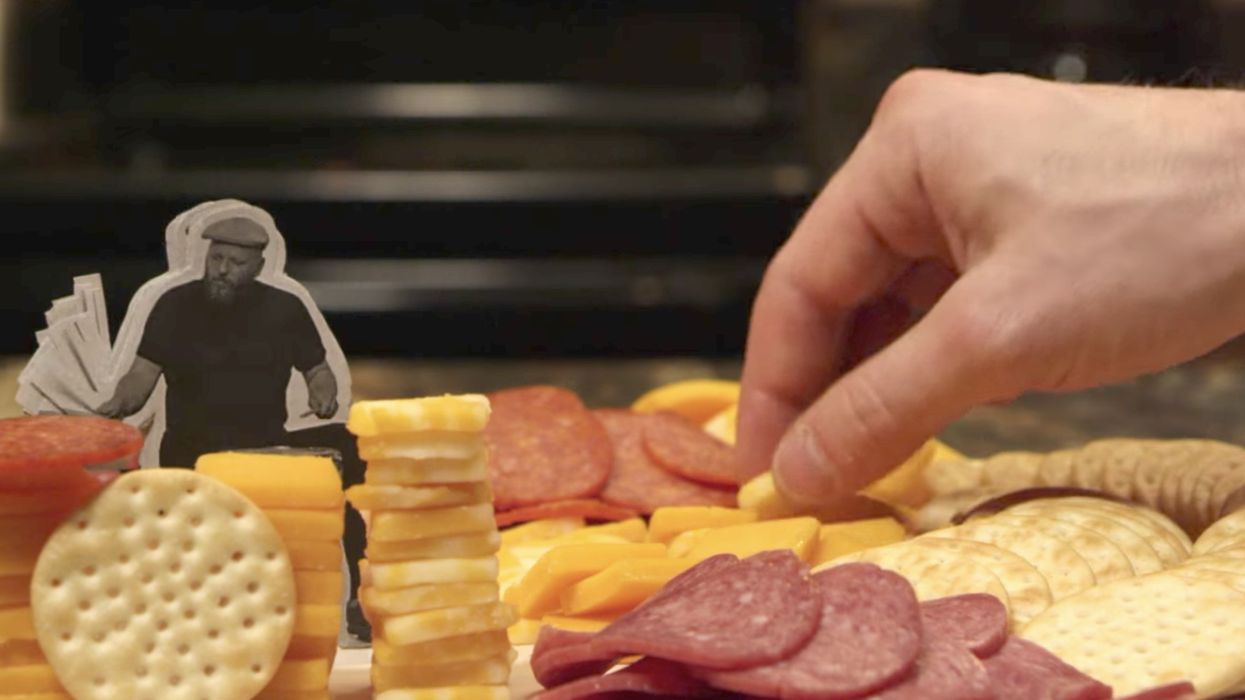Watch: The Shins' Ingenious Stop-Motion Video is Made with 5,000 Hand-Cut Stickers
The Shins' latest video channels the best of Michel Gondry.

Influential indie filmmaker Michel Gondry famously got his start making quirky music videos for the likes of The White Stripes, and a new video for The Shins shows that his stamp is still strong on new clips more than a decade later. Channeling the best of Gondry, the video takes his favored stop-motion technique to a new level.
Celebrating the beloved indie outfit’s first album in five years, directing duo Jesse Lamar High and Nik Harper made an innovative stop motion video for the song “Half a Million.” The directors, whose studio goes by LAMAR + NIK, have been awarded Vimeo Staff Picks for past videos for Deep Sea Diver, the Pixies, and Lushlife.
4,868 frames of performance footage were printed out on paper and hand cut into more than 5,000 stickers.
What makes this video stand out is its technique-within-a-technique. According to the LAMAR + NIK’s website, the directors first filmed the band performing against a white backdrop and edited that footage. Then, the 4,868 frames of performance footage were printed out on paper and hand cut into more than 5,000 stickers. Finally, the stickers were “animated by sticking them down on top of each other at each of the 40+ locations.”
Watch the impressive results below.











